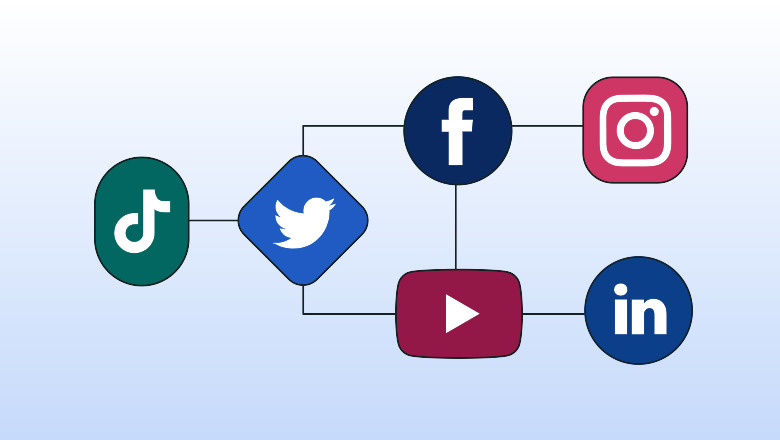In today’s digital age, social media platforms are more than just tools for communication—they shape how we think, believe, and perceive the world. Many people don’t realize that the content they see online isn’t random; it’s carefully curated by sophisticated algorithms designed to maximize engagement. These algorithms subtly influence our opinions, often without us even noticing.
1. The Filter Bubble: A Personalized Reality
Social media platforms like Facebook, Instagram, Twitter (X), and TikTok use algorithms to show users content that aligns with their interests and past behaviors. The filter bubble is a concept popularized by internet activist Eli Pariser.
When you engage with a particular type of content—political news, celebrity gossip, or fitness tips—the algorithm learns your preferences and starts showing you more of the same. Over time, this creates an echo chamber where you are mostly exposed to viewpoints that reinforce your beliefs, making it harder to consider alternative perspectives.
2. The Role of Engagement in Shaping Opinions
Social media platforms prioritize content that generates high engagement—likes, shares, comments, and watch time. Unfortunately, studies show that content that triggers strong emotions (such as outrage, fear, or excitement) tends to get more engagement. As a result, the algorithm promotes sensational, polarizing, or controversial content, even if it is misleading or biased.
For example, political content that sparks anger or fear spreads faster than neutral or balanced reporting. This can deepen societal divisions by making people more extreme in their views.
3. The Danger of Misinformation and Fake News
Algorithms do not distinguish between accurate information and misinformation; they prioritize what is popular. Fake news, conspiracy theories, and misleading headlines often get amplified simply because they attract more attention. Once misinformation goes viral, it is difficult to correct, as people tend to trust information that aligns with their preexisting beliefs.
A classic example is how social media significantly spread misinformation about COVID-19, leading to widespread vaccine hesitancy and distrust in science.
4. The Impact on Political and Social Views
Social media algorithms don’t just shape opinions on everyday topics—they can influence elections, social movements, and public policies. By prioritizing content that reinforces users’ political leanings, these platforms create digital environments where people only see arguments supporting their side. This makes political compromise and open discussion more challenging.
Studies have shown that heavy social media users develop stronger political biases over time, as their feed continually reinforces a specific narrative. This effect can make people more resistant to opposing views and more likely to believe false or exaggerated claims.
5. Can We Break Free from Algorithmic Influence?
While it’s impossible to escape social media’s influence completely, there are ways to reduce its impact:
Follow diverse sources: Intentionally follow accounts with different perspectives to break the filter bubble.
Verify information: Fact-check news before sharing, using reliable sources such as fact-checking websites.
Limit social media consumption: Taking breaks from social media can help reduce exposure to algorithm-driven content.
Engage critically: Question why certain content appears in your feed and consider how it shapes your thinking.
Conclusion
Social media algorithms are powerful tools that shape our opinions in ways we may not even notice. By curating content based on engagement and personal preferences, they create filter bubbles, amplify misinformation, and reinforce biases. Awareness of these effects is the first step toward thinking critically and ensuring that the digital world does not unconsciously control us.

